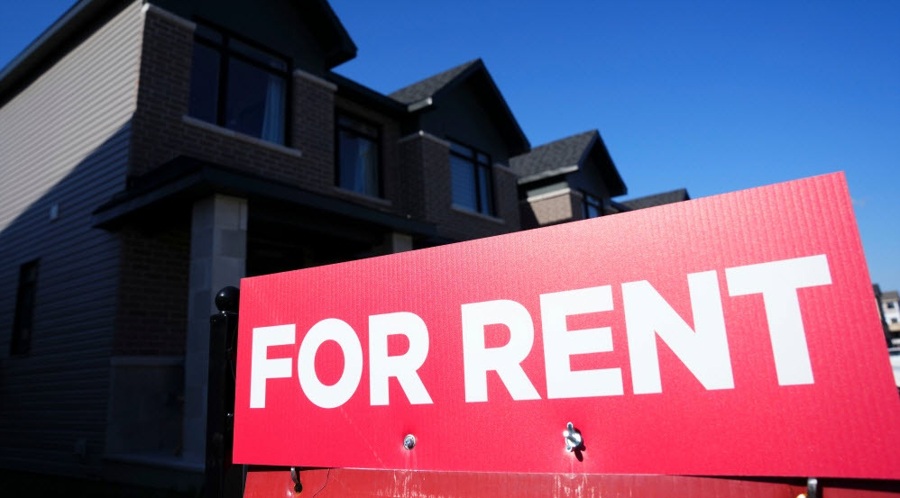The Puzzle of Rent Inflation
Understanding the Numbers
The WSJ’s Nick Timiraos recently wrote about the conundrum surrounding rent inflation, which accounts for one-third of the Consumer Price Index (CPI). Currently, rent inflation is stuck at 5.6% year-over-year, contributing to overall high inflation rates. This figure is derived from a survey of 7,000 tenants and represents the cost a homeowner would pay to rent their own home. However, the calculation of rent inflation is not as straightforward as it may seem.
The Lag Effect
The data collected for rent inflation is primarily based on “continuing leases” that were signed many months prior to the current assessment. This means that the same units are only surveyed every six months, resulting in a lag effect in the calculation. Additionally, rental extension agreements typically reflect previous market conditions rather than the current rental landscape.
The Impact on Individuals
For individuals, the puzzle of rent inflation can have significant consequences. A steady increase in rental costs can put a strain on households, making it challenging to keep up with expenses. As rent inflation continues to outpace wage growth, many individuals may find themselves struggling to make ends meet.
The Global Ramifications
On a global scale, the persistence of high rent inflation could have far-reaching effects. Housing affordability is a critical issue in many countries, and soaring rental prices can exacerbate inequality and social unrest. Additionally, high rent inflation can impact the overall economy, leading to reduced consumer spending and hindering economic growth.
Conclusion
The puzzle of rent inflation highlights the complexities of measuring and understanding economic indicators. As individuals grapple with rising rental costs, policymakers and economists must consider innovative solutions to address the challenges posed by rent inflation. By digging deeper into the nuances of rent inflation, we can work towards a more equitable and sustainable housing market.





